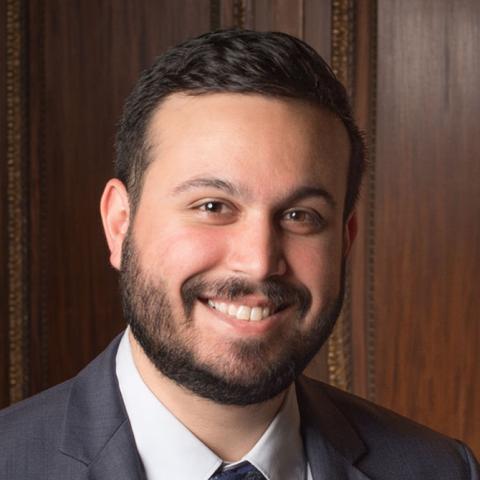The COVID-19 pandemic has disrupted normal life, with notable consequences for children. As of October 30, 2022, COVID-19 has caused more than 163,000 hospitalizations and 1,800 deaths in children up to age 17. In addition, school closures — used to stop the spread of the virus globally in 2020 — affected more than 90 percent of the world’s students. Since then, students have faced instability in their personal lives, outbreak-driven school closures, and transition to and from virtual or hybrid learning formats. The repercussions are evident, with children achieving lower test scores compared to those students received before the pandemic.
The Centers for Disease Control and Prevention (CDC) has expanded eligibility for the bivalent booster, which targets the highly transmissible Omicron variants, to include all school-aged children 5 and older. Our previous research has demonstrated that successful fall vaccination campaigns could prevent a surge of COVID-19, markedly reducing severe disease and deaths across all ages. These effects can be attributed to direct protection among vaccinated individuals and indirect protection via a reduction in transmission for the population overall, including children under age 5 who are not currently eligible for updated boosters.
In this analysis, we highlight the benefits to children of an improved and widespread booster vaccination campaign. We expand our previous analysis to include the impact on pediatric hospitalizations, pediatric isolation days, and school absenteeism (among children ages 5 to 17), demonstrating both the health benefits of vaccination and the importance of vaccination uptake for maintaining uninterrupted in-school education. While previous analyses have estimated the number of potential deaths averted under different vaccination scenarios, the number of pediatric deaths resulting from COVID-19 infection is very low (less than 1% of all COVID-19 deaths in the U.S. since the start of the pandemic), so we chose to exclude death as an outcome variable in this analysis. We conducted this analysis using a previously developed simulation model to estimate the impact of vaccination rates under different scenarios. (See “How We Conducted This Study” for further details.)
Guidance from the CDC stipulates that individuals who test positive for COVID-19 should isolate for at least five days. A 10-day isolation period is advised for people with continuing symptoms or those experiencing shortness of breath, low oxygen levels, or hospitalization. In our model, we calculated pediatric isolation days as five days per event for children who experience mild symptomatic illness, and 10 days for those with hospitalization or severe illness.
As in previous analyses, we projected outcomes under a range of booster coverage scenarios. These include: a baseline strategy with daily vaccination rates matching those in August 2022; a campaign scenario with booster vaccination rates matching influenza vaccine rates in 2020–21 by the end of 2022; and a campaign scenario with 80 percent of eligible individuals age 5 and older receiving a bivalent booster dose by the end of 2022. We then determined the estimated impact by comparing the projected number of pediatric isolation days, days of school absenteeism, and pediatric hospitalizations from October 1 to March 31.











